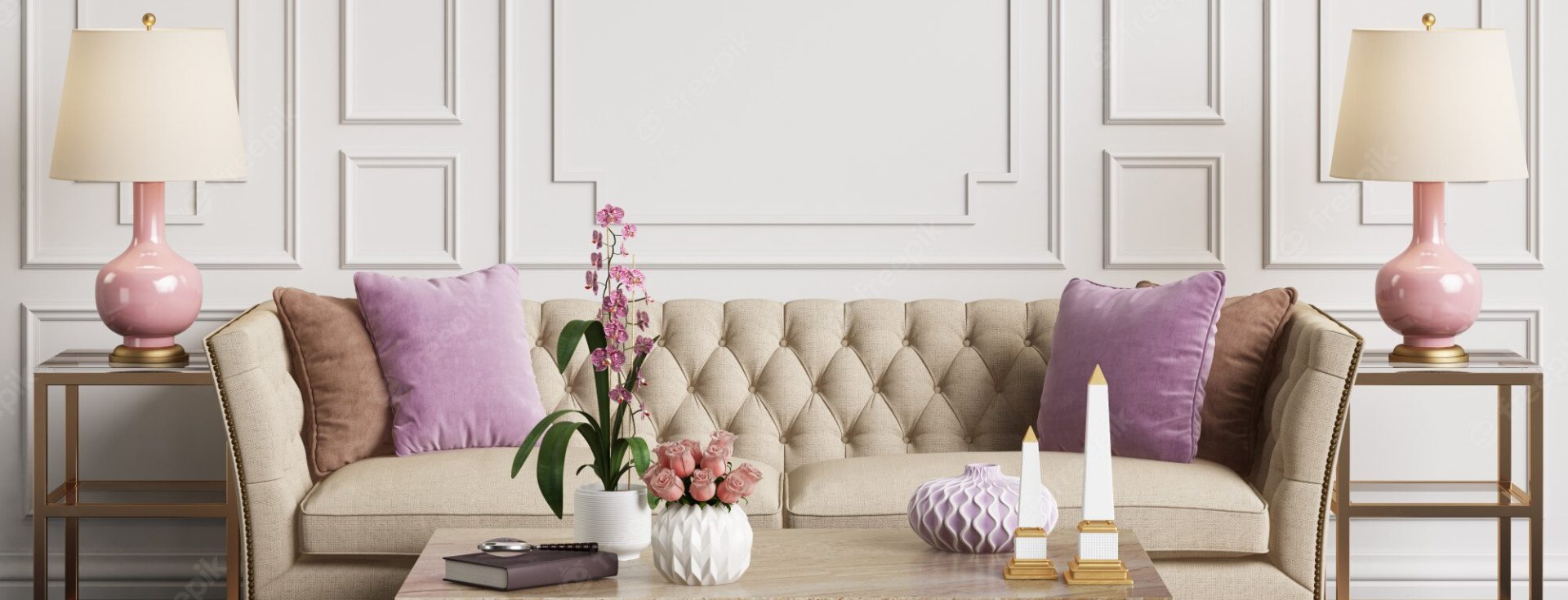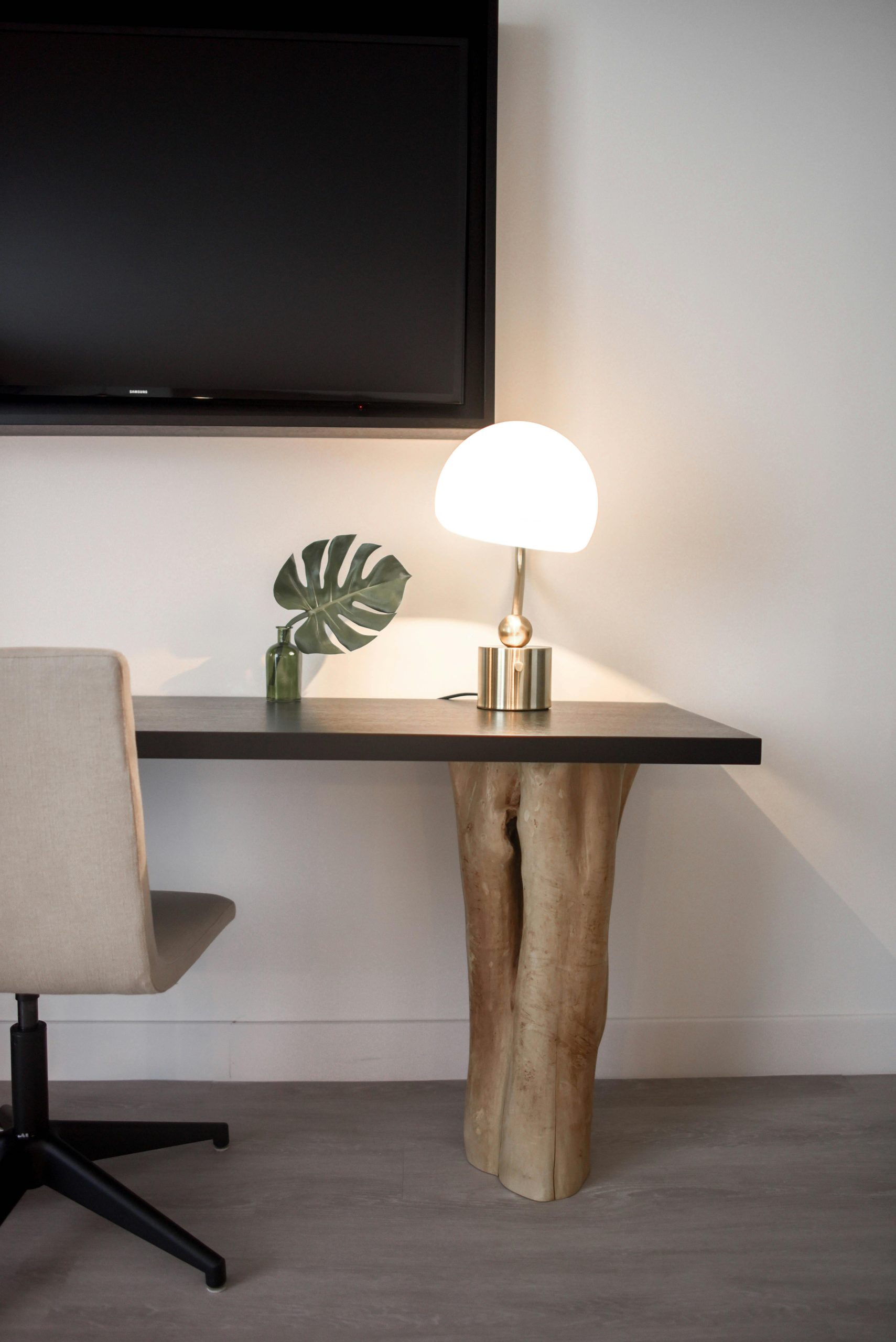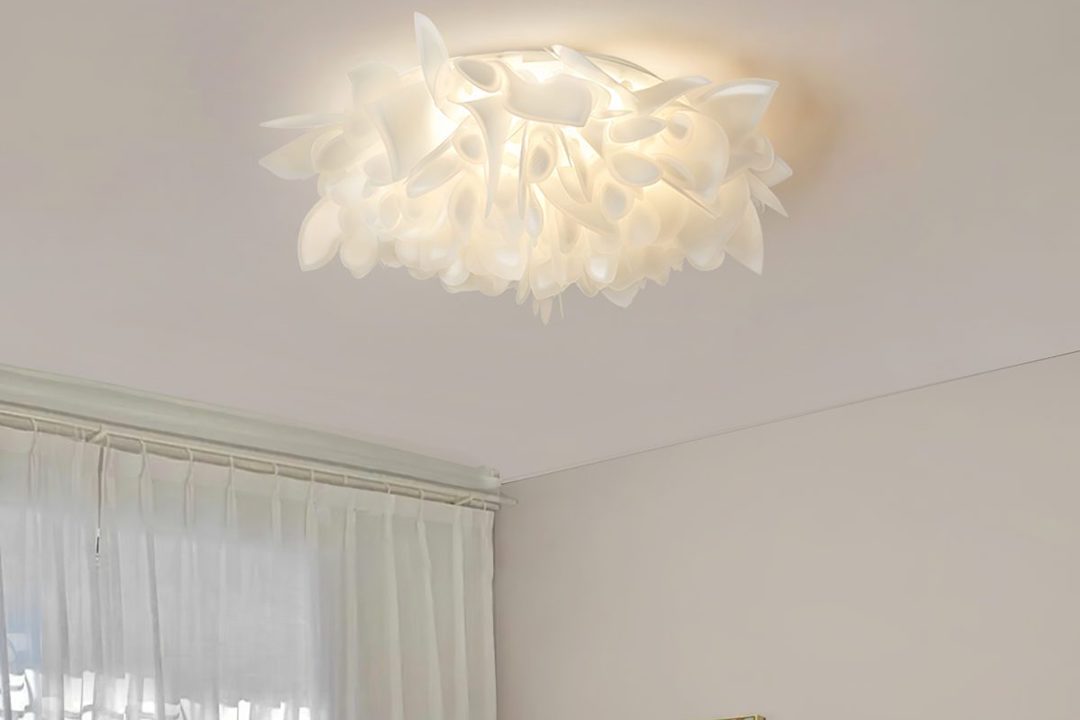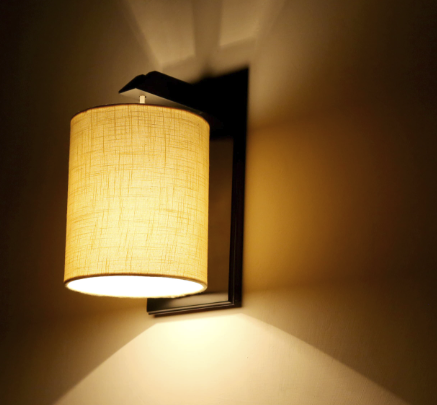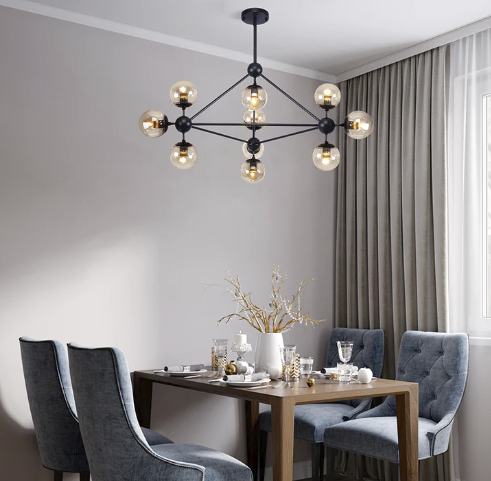Corridor lighting plays a crucial role in any building, whether it’s a residential, commercial, or industrial space. Proper lighting in corridors is essential for safety, security, and ambiance. In terms of safety, well-lit corridors help prevent accidents and provide a clear path for people to navigate through the building. In emergency situations, such as fires or power outages, corridor lights can guide people to safety and help emergency responders locate and assist individuals. Additionally, adequate lighting in corridors can deter criminal activity and provide a sense of security for occupants.
Furthermore, corridor lighting contributes to the overall ambiance of a building. It sets the tone for the space and can create a welcoming and comfortable environment for occupants and visitors. Whether it’s a warm and inviting glow in a residential hallway or a sleek and modern look in a commercial building, the right corridor lighting can enhance the aesthetic appeal of the space. In addition to safety and ambiance, corridor lighting also plays a role in energy efficiency and cost savings. By using energy-efficient lighting solutions and implementing smart lighting controls, building owners can reduce energy consumption and lower operating costs.Aluredesign
Types of Corridor Lights
There are various types of corridor lights available on the market, each with its own unique features and benefits. One common type of corridor light is recessed lighting, which is installed into the ceiling to provide a seamless and unobtrusive lighting solution. Recessed lights come in different shapes and sizes, allowing for flexibility in design and layout. Another popular option is track lighting, which consists of multiple light fixtures mounted on a track that can be adjusted to direct light where it’s needed. This type of lighting is versatile and can be used to highlight specific areas or architectural features in the corridor.
In addition to recessed and track lighting, wall sconces are also commonly used in corridors to provide both ambient and accent lighting. Wall sconces come in a variety of styles and designs, making them a versatile option for enhancing the aesthetic appeal of the space. For larger commercial or industrial buildings, linear LED fixtures are often used to provide uniform and efficient lighting throughout long corridors. These fixtures are energy-efficient and low-maintenance, making them a practical choice for high-traffic areas. Lastly, pendant lights can be used to add a decorative element to the corridor while providing functional illumination. With so many options available, it’s important to consider the specific needs and design requirements of the space when choosing corridor lights.
Factors to Consider When Choosing Corridor Lights
When selecting corridor lights for a building, there are several factors to consider to ensure that the chosen lighting solution meets the needs of the space. One important factor is the size and layout of the corridor. The length, width, and height of the corridor will influence the type and placement of lighting fixtures needed to provide adequate illumination. Additionally, the function of the corridor should be taken into account. For example, a residential hallway may require softer, warmer lighting for a cozy atmosphere, while a commercial corridor may need brighter, more uniform lighting for safety and visibility.
Another factor to consider is the design aesthetic of the building. The style and architecture of the space will influence the choice of corridor lights to ensure that they complement the overall design scheme. Furthermore, energy efficiency and maintenance requirements should be considered when selecting corridor lights. Choosing energy-efficient LED fixtures and implementing smart lighting controls can help reduce energy consumption and maintenance costs over time. Lastly, it’s important to consider any regulations or building codes that may impact the selection of corridor lights, such as emergency lighting requirements or accessibility standards.
Enhancing Safety with Corridor Lights
Corridor lights play a critical role in enhancing safety within a building by providing adequate illumination for occupants to navigate through the space. Properly lit corridors help prevent accidents and injuries by ensuring that obstacles and potential hazards are visible. In emergency situations, such as fires or power outages, corridor lights can guide people to safety and help emergency responders locate and assist individuals. Additionally, well-lit corridors can deter criminal activity by providing a sense of security for occupants and visitors.
To further enhance safety with corridor lights, it’s important to consider factors such as light levels, color temperature, and light distribution. The right combination of these factors can help create a safe and secure environment within the building. For example, higher light levels may be needed in areas with heavy foot traffic or potential hazards, while lower light levels can be used in areas where a more relaxed atmosphere is desired. Additionally, choosing LED lights with a neutral or cool color temperature can help improve visibility and alertness in corridors. Proper light distribution is also important to ensure that there are no dark spots or areas of glare that could impede visibility.
Enhancing Ambiance with Corridor Lights
In addition to safety considerations, corridor lights also play a significant role in enhancing the ambiance of a building. The right lighting design can create a welcoming and comfortable environment for occupants and visitors as they move through the space. For residential buildings, warm and inviting corridor lights can contribute to a cozy atmosphere and make residents feel at home. In commercial or hospitality settings, corridor lights can be used to create a sense of luxury and sophistication that reflects the brand or image of the business.
To enhance ambiance with corridor lights, it’s important to consider factors such as color rendering, dimming capabilities, and decorative elements. Choosing LED lights with high color rendering index (CRI) values can help ensure that colors appear vibrant and true to life in the corridor. Dimming capabilities allow for flexibility in adjusting light levels to create different moods or accommodate different activities within the space. Additionally, incorporating decorative elements such as unique fixtures or custom-designed lighting features can add visual interest and personality to the corridor.
Installation and Maintenance of Corridor Lights

Proper installation and maintenance of corridor lights are essential to ensure that they continue to function effectively and efficiently over time. When installing corridor lights, it’s important to work with qualified professionals who have experience in lighting design and installation. Proper placement and wiring of fixtures are crucial to achieving optimal light distribution and avoiding potential issues such as glare or uneven illumination.
Regular maintenance is also important to keep corridor lights in good working condition. This includes tasks such as cleaning fixtures, replacing bulbs or components as needed, and checking for any signs of wear or damage. Implementing a proactive maintenance schedule can help prevent unexpected failures and ensure that corridor lights continue to provide reliable illumination.
Future Trends in Corridor Lighting Technology
As technology continues to advance, there are several future trends in corridor lighting that are worth noting. One trend is the increasing use of smart lighting systems that offer advanced control capabilities and connectivity options. These systems allow for personalized lighting settings, energy monitoring, and remote management of corridor lights, providing greater flexibility and efficiency.
Another trend is the integration of biophilic design principles into corridor lighting solutions. Biophilic design aims to incorporate elements of nature into built environments to improve occupant well-being. This trend may lead to the use of natural materials, organic shapes, and dynamic lighting effects inspired by natural phenomena in corridor lighting design.
Furthermore, advancements in LED technology are expected to continue, leading to even more energy-efficient and long-lasting corridor lighting solutions. Improved color rendering capabilities and tunable white options may also become more prevalent, allowing for greater customization of light quality in corridors.
In conclusion, corridor lighting plays a crucial role in enhancing safety, security, and ambiance within buildings. By considering factors such as size and layout, design aesthetic, energy efficiency, and maintenance requirements when choosing corridor lights, building owners can ensure that they select the right lighting solution for their space. With advancements in technology and design trends shaping the future of corridor lighting, there are exciting opportunities to further improve the functionality and aesthetics of these essential fixtures within buildings.
